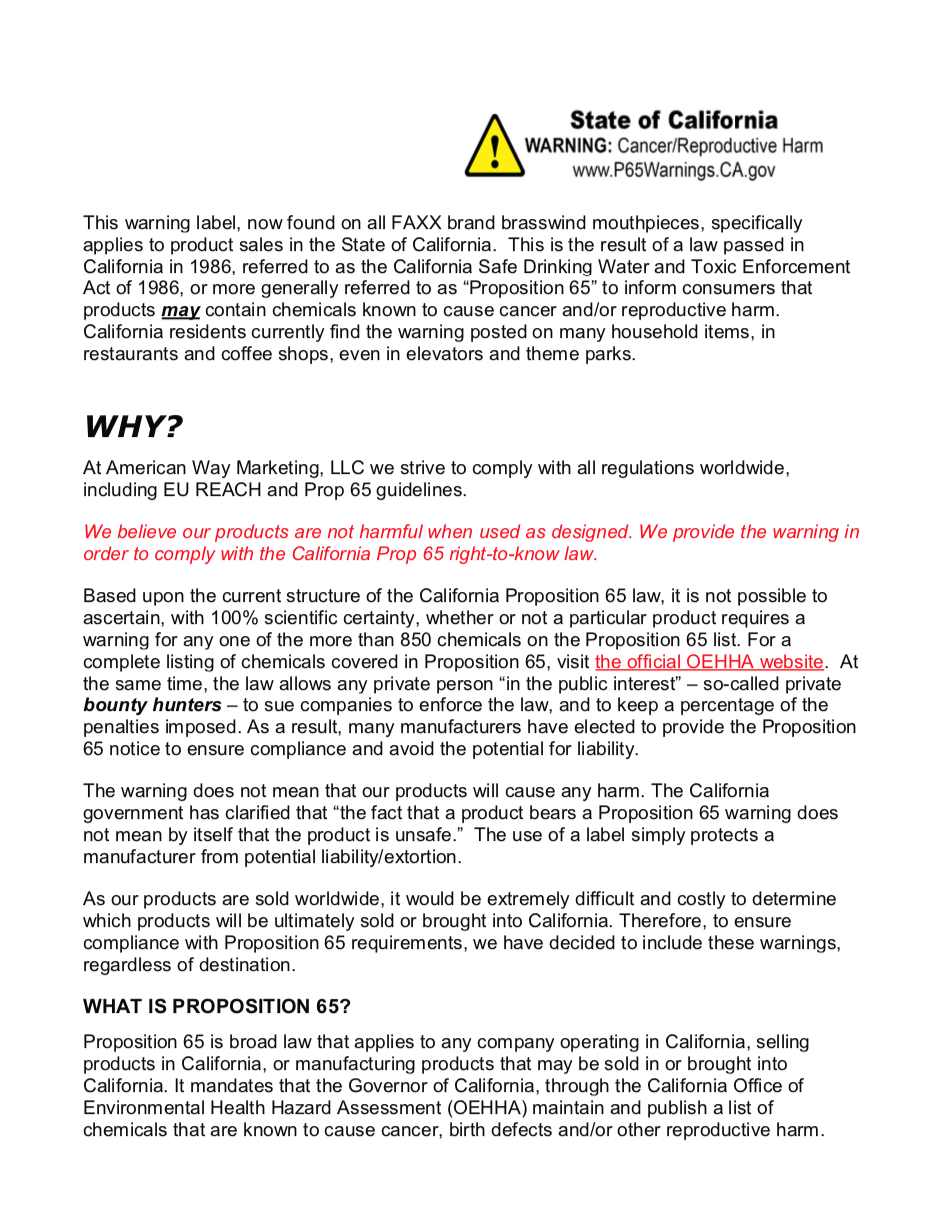-
Percent of Population who is Black Alone, Non Hispanic6.5%13.6%
-
Percent of Population who is White Alone, Non Hispanic34.7%58.9%
-
Percent of Population who is Hispanic or Latino, Non White40.3%19.1%
-
Percent of Population who is Asian Alone, Non Hispanic16.3%6.3%
-
Percent of Population who is AIAN Alone, Non Hispanic1.7%1.3%
-
Percent of Population who is NHPI Alone, Non Hispanic0.5%0.3%
Combating Racism as a Public Health Crisis
Track, Measure, Clarify & Report
An accountability tool centralizing the oversight of monitoring, analysis, and reporting on the progression of commitments
This dashboard allows individuals to view cities, counties, and other governing organizations that have made a declaration about racism as a public health crisis.
California
Diversity of Population: 69.7%
A majority-minority state, California is the second most diverse state in the nation, just behind Hawaii
POC Voter Participation Rate: 55.5%
As a result of systemic racism, people of color are 13% less likely than White people to turn out to vote in presidential and midterm elections
Diversity of Elected Officials: 1 per 100,000
On average, there is 1 elected official of color per 100,000 people compared to 5 White elected officials per 100,000 people
Use of Force Incidents: 3.4 per 100,000
5 in 100,000 Black civilians and 3 in 100,000 Latinx civilians will be harmed in interaction with police compared to 1 in 100,000 White civilians
California
Indicators
In order to measure the community conditions that impact wellbeing, we have combined 25 community characteristics, like access to healthcare, affordable housing, and more into four sub-indexes and a single overall comparative rank. The higher the rank, the less vulnerable the community.
Demographic
California
National
Related News
-
Part 1: Holding Leaders Accountable
Part of the Combating Racism as a Public Health Crisis Series on Black Voice News -
Part 2: Santa Cruz County’s Inclusive Resolution
Part of the Combating Racism as a Public Health Crisis Series on Black Voice News -
Part 3: Oakland Addresses Systemic Racism with Data-driven Approach
Part of the Combating Racism as a Public Health Crisis Series on Black Voice News -
Part 4: Riverside and San Bernardino Counties Take Action
Part of the Combating Racism as a Public Health Crisis Series on Black Voice News

